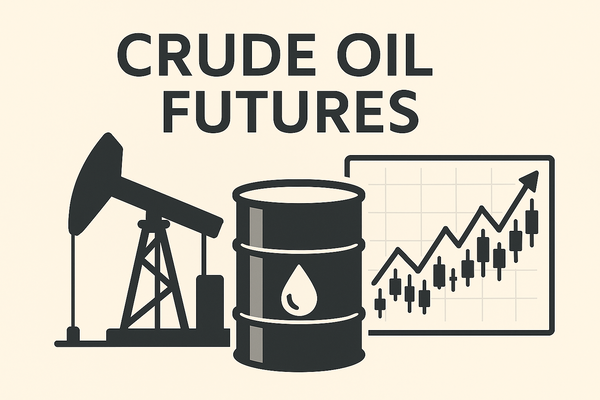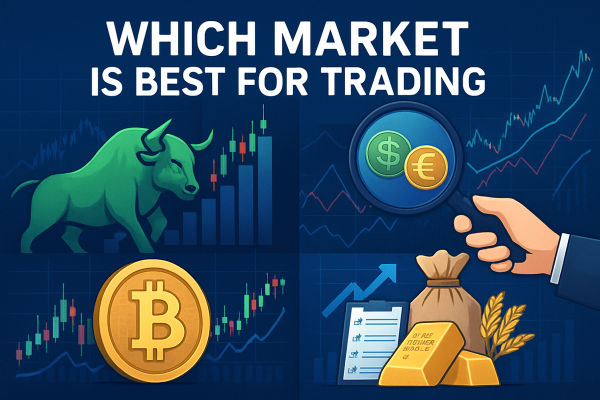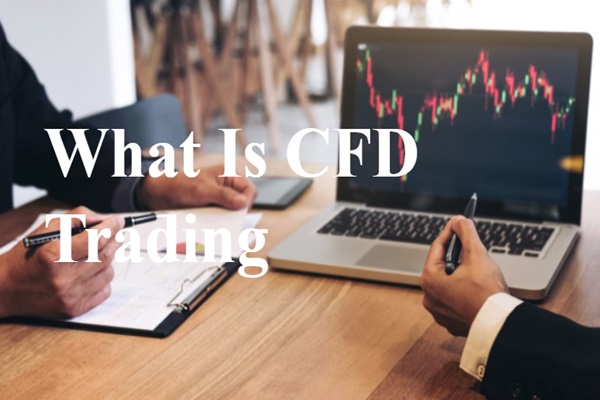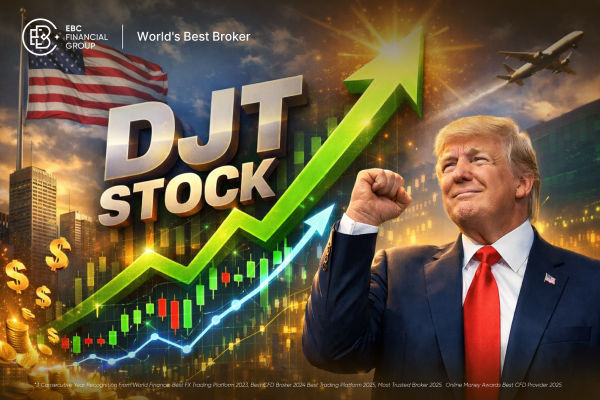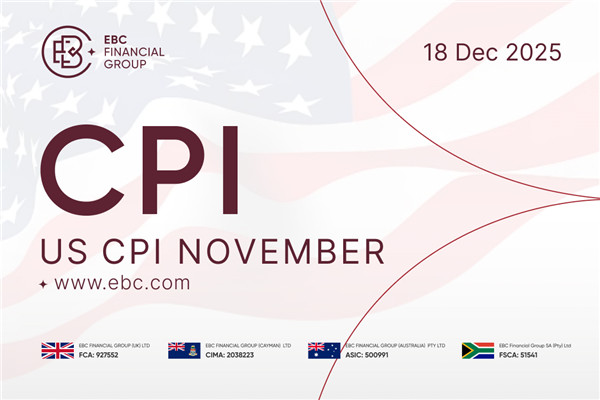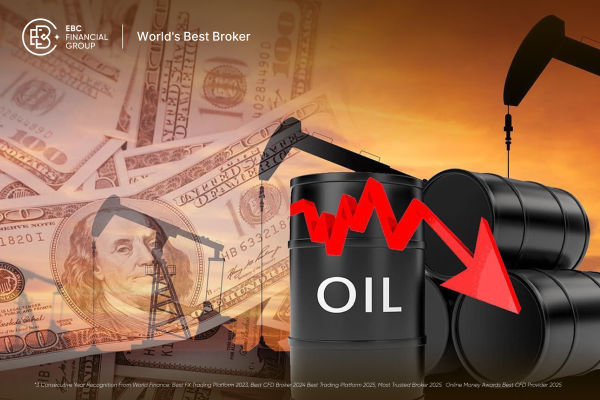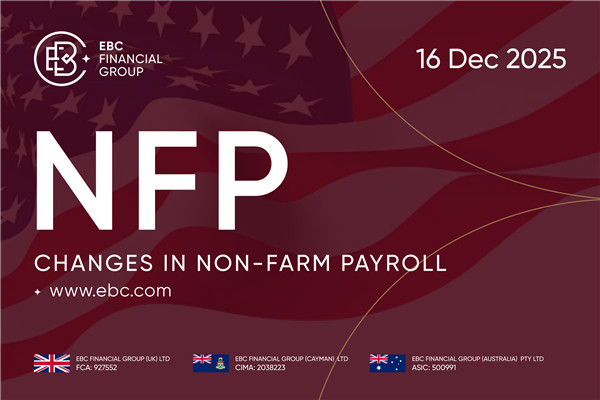Crude oil futures trading is a dynamic way for traders to gain exposure to one of the world's most liquid and influential commodities. Whether you're looking to hedge, speculate, or diversify, understanding the mechanics and risks of crude oil futures is essential before placing your first trade.
What Are Crude Oil Futures?
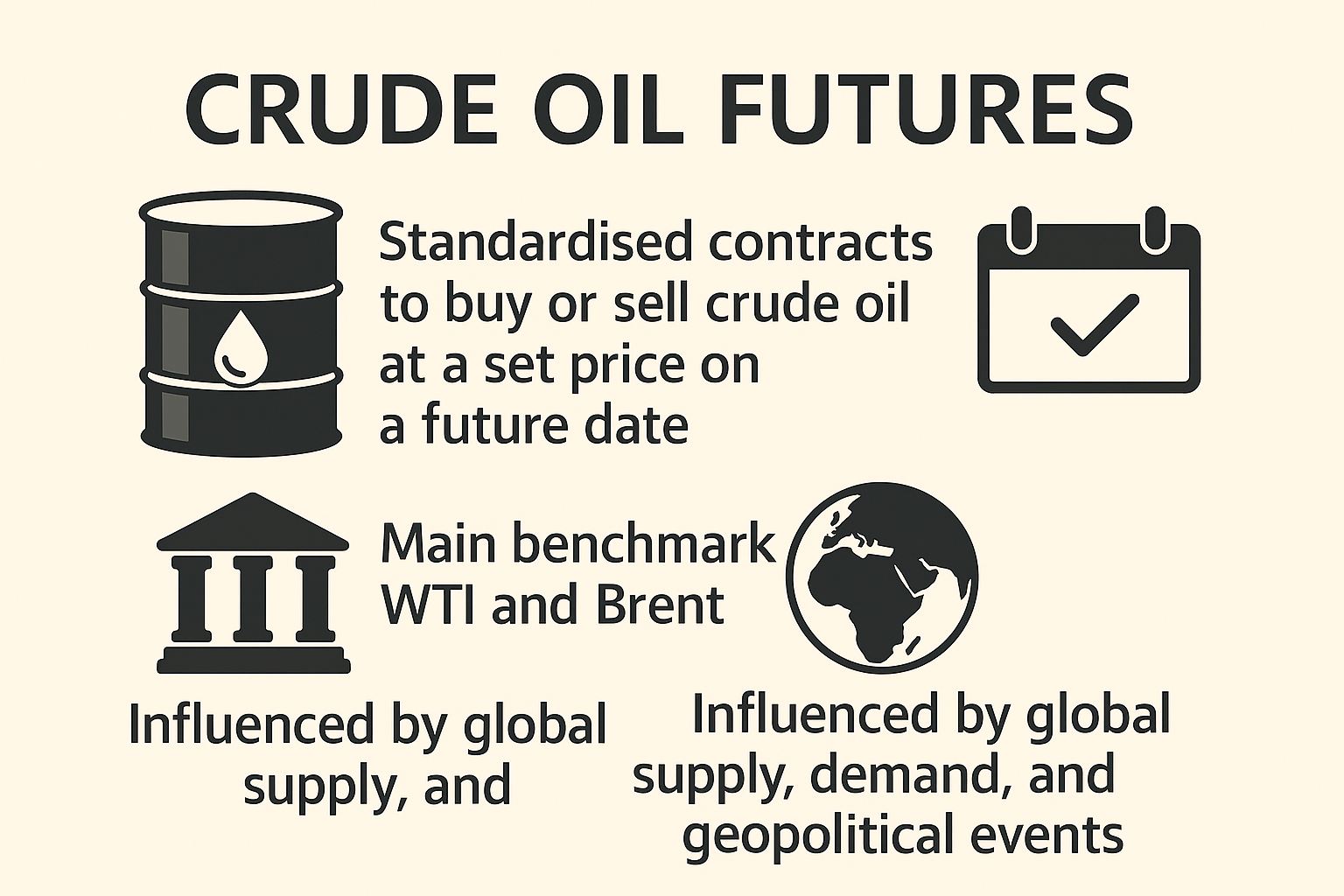
Crude oil futures are standardised contracts that allow traders to buy or sell a specific quantity of crude oil at a predetermined price on a future date. The two main benchmarks are West Texas Intermediate (WTI) and Brent crude.
These contracts are traded on regulated exchanges and are heavily influenced by global supply and demand, geopolitical events, and economic data.
Why Trade Crude Oil Futures?
Trading crude oil futures offers several advantages:
Leverage: Control large positions with a smaller initial margin, amplifying both potential gains and losses.
Liquidity: Crude oil futures are among the most traded contracts globally, ensuring tight spreads and efficient execution.
Flexibility: Traders can go long (buy) or short (sell), enabling profit opportunities in both rising and falling markets.
Diversification: Adding oil exposure can help balance a portfolio, especially during periods of inflation or market volatility.
How to Get Started
1. Open a Futures Trading Account
To trade crude oil futures, you'll need to open an account with a broker that offers futures trading. Choose an account type that suits your goals—cash accounts typically aren't eligible for futures, so look for a margin-enabled account. Fund your account with sufficient capital to meet margin requirements.
2. Understand Contract Types and Sizes
Crude oil futures come in several contract sizes:
Standard Contract: 1,000 barrels per contract (e.g., WTI or Brent).
E-mini and Micro Contracts: Smaller contracts (e.g., E-mini: 500 barrels, Micro: 100 barrels), ideal for traders with less capital or those looking to manage risk more precisely.
Choosing the right contract size is crucial for aligning with your risk tolerance and trading strategy.
3. Learn the Mechanics of Trading
Crude oil futures trade almost 24 hours a day, six days a week, allowing traders to react to global events in real time. You can buy (go long) if you expect prices to rise, or sell (go short) if you anticipate a decline.
Orders are placed through your broker's trading platform, where you'll select the contract, set your position size, and choose order types such as market, limit, or stop orders.
4. Monitor Expiry Dates and Rollover
Each futures contract has a specific expiry date. As expiry approaches, traders must either close their position or roll it over to the next contract month to maintain exposure. Be aware of rollover procedures and any associated costs or price adjustments.
5. Analyse Market Drivers
crude oil prices are driven by a mix of factors:
Geopolitical Events: Conflicts or decisions by OPEC can cause sharp price swings.
Supply and Demand: Inventory data, production levels, and economic growth all influence prices.
Macroeconomic Reports: Economic releases, such as US employment or inflation data, can impact oil markets.
Staying informed and using both fundamental and technical analysis can help you anticipate market movements and refine your trading strategy.
Key Strategies for Trading Crude Oil Futures
Trend Following: Identify and trade in the direction of the prevailing trend using moving averages or momentum indicators.
Range Trading: Buy near support and sell near resistance when prices are consolidating.
Event-Driven Trading: Take positions ahead of key reports or geopolitical events likely to move the market.
Hedging: Use futures to offset exposure in other parts of your portfolio, such as energy stocks or physical oil holdings.
Risk Management Essentials
Crude oil futures are highly leveraged and volatile, making risk management critical:
Set Stop-Loss Orders: Protect your capital from large, unexpected moves.
Position Sizing: Trade contracts that match your risk tolerance and account size.
Diversification: Don't concentrate all your capital in a single trade or contract.
Practice First: Use a demo account to practise strategies before trading with real money.
Practical Example
Suppose you expect WTI crude oil prices to rise. You buy one standard contract (1,000 barrels) at $80 per barrel. If the price rises to $85, you could sell for a $5,000 profit ($5 x 1,000 barrels). If the price falls to $78, your loss would be $2,000. Leverage means both gains and losses are magnified, so always trade with caution.
Final Tips for New Traders
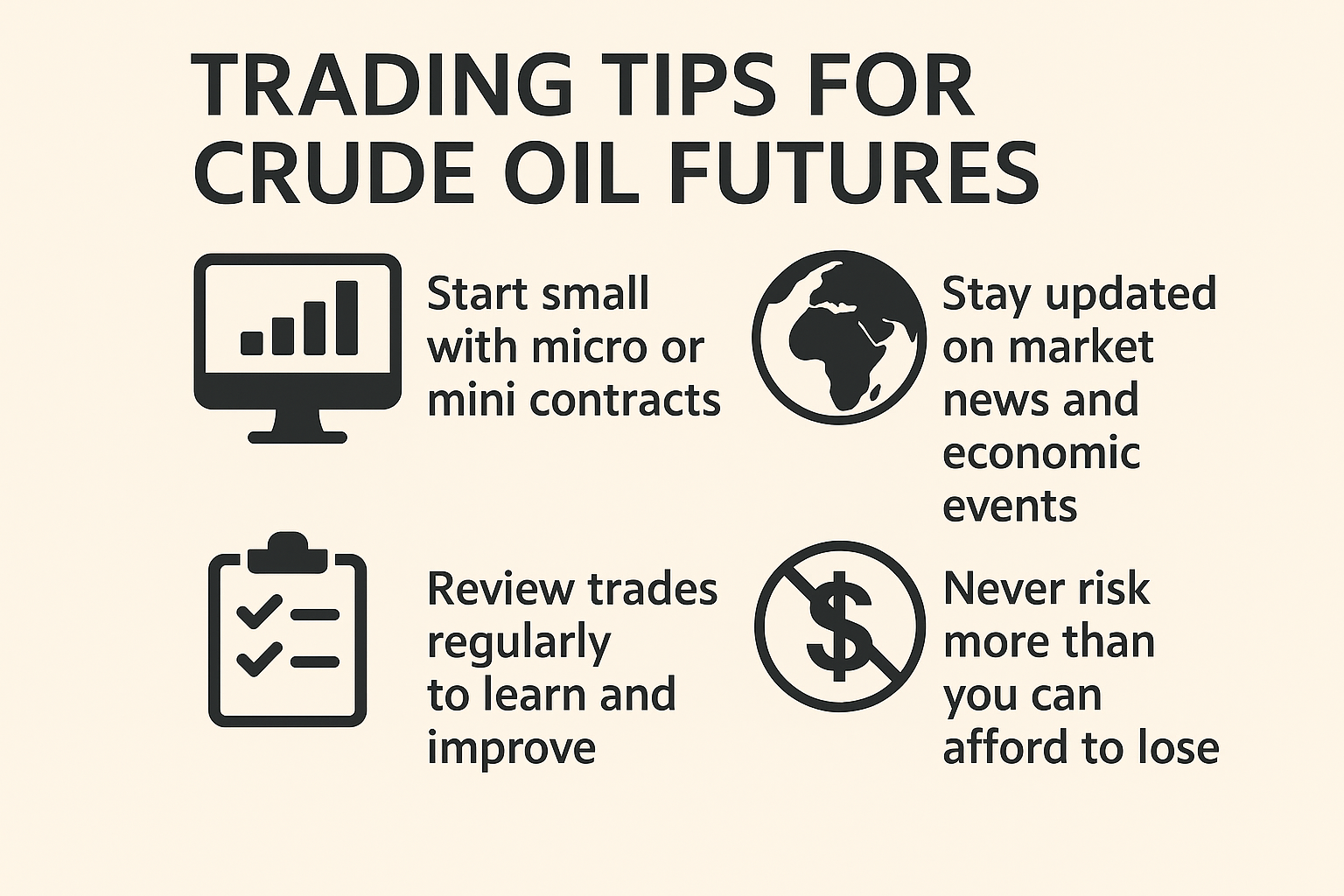
Start small with micro or mini contracts to manage risk.
Stay updated on market news and economic events.
Review your trades regularly to learn and improve.
Never risk more than you can afford to lose.
Crude oil futures trading can be rewarding for disciplined traders who take the time to understand the market, use sound strategies, and manage risk effectively.
Disclaimer: This material is for general information purposes only and is not intended as (and should not be considered to be) financial, investment or other advice on which reliance should be placed. No opinion given in the material constitutes a recommendation by EBC or the author that any particular investment, security, transaction or investment strategy is suitable for any specific person.
